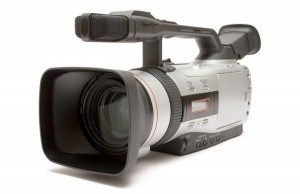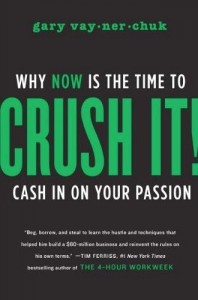Video marketing is big and will no doubt get bigger. But it’s not the only way to get your message in front of prospective clients and, as I’ve said before, it’s not necessarily the best way.
Some reasons:
- The user needs to take time to watch a video that’s longer than a couple of minutes and many people won’t do that.
- Not everyone has the ability to watch a video; even if they have their phone with them, they may not have privacy or a good signal.
- While you can fast-forward (or “scrub”) through a video, it still takes time to watch it and the user may miss something. A document, on the other hand, can be scanned and your message received and understood (an impression) in a few seconds.
- Viewers may be spoiled by the production value of the videos they usually watch. If you’re not good on camera or don’t want to spend time on editing, etc., if your videos aren’t first-class, prospective clients may conclude that your legal services aren’t, either.
- It will usually take you more time to produce a video than a written message.
Video do offer advantages in marketing. For one, they give you the ability to help prospective clients get to know and like you before they speak to you.
Videos can play a role on your website and/or social media channels. You can answer FAQs, explain how you work with clients, show visitors where to find articles and resources on your site, and re-purpose or share content from you blog or newsletter.
If you use videos, however, I suggest you also supply a transcript so people can scan your message if they can’t or don’t want to watch your entire production.
Okay, that’s marketing. Videos can also play a role in improving your client relations.
When someone becomes a client, they are more likely to spend time watching a video from you, and more forgiving if your efforts aren’t up to Cecil B. DeMille standards.
How could you use videos to improve client relations? Some ideas:
- A general video “welcome letter”–welcome to your practice, introduce them to staff, show them your library, conference room, etc.
- A “personal welcome letter”–use their name, tell them you’ve started on their case, hold up a copy of their file, show them a screen cap of their name in your calendar system, etc.
- FAQ’s–answer questions new clients typically have about how things work, the steps, what happens when something (bad) happens, etc.
- Testimonials from other clients. Yes, you’re showing this to clients but testimonials from other happy clients can help attenuate “buyer’s remorse”. (This might be a way you can use testimonials if you are otherwise not allowed to do that in your marketing.)
- Client ‘training’–getting ready for a depo or court appearance, etc.
- Updates–here’s what’s happened so far, here’s what’s next.
- Videos of you speaking (or on a podcast), so they can see they hired the right attorney for the job.
Some things to think about and work on, yes?
Now, I could have recorded this post in a video for you. But would you have watched it?
You would if you had hired me and paid me thousands of dollars.
If you’d like to do that, let me know and I’ll be happy to record it for you.
More ideas for your website











